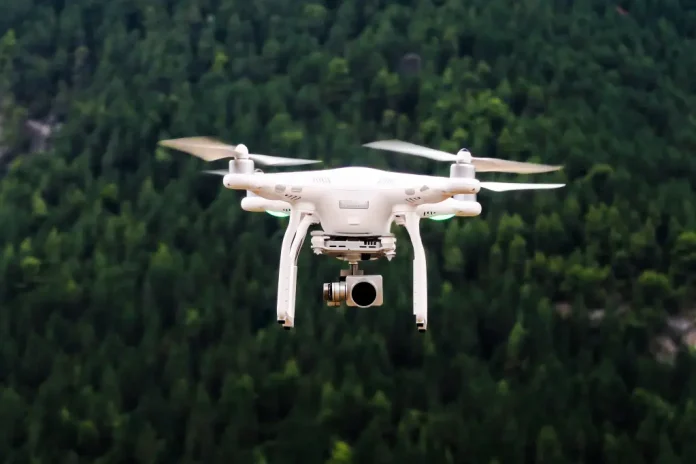Drones allow for real-time monitoring of the battlefield, provide improved targeting, and suppress and destroy enemy air defences. Today, various types of drones are being deployed widely, with counter-drone capabilities becoming just as important for the defence of troops and infrastructure, Politico reports.
Ukrainian Commander-in-Chief Valery Zaluzhny stated that drones played a key role in achieving aviation objectives in the war against Russia, and that drone countermeasures equipment was becoming increasingly important to force protection. In addition, the need for drone supply fuelled innovative procurement, mass production, operator training, and a new approach to operations and military reforms.
Another, more recent example of drone use today is the ongoing Israel-Hamas war. The militant group used drones to stage an attack on Israel, disabling Israeli high-tech communications, sensor networks, and remote-controlled machine guns.
However, it should be kept in mind that drones do not operate independently of other means of warfare: they should be regarded as means of enhancing military efficiency. Their performance depends directly on their integration into a broader military architecture that includes cyber, intelligence, electronic warfare, etc.
Drones are becoming indispensable for modern military operations and their role will only grow in the future, elevating the need for rapid adaptation by NATO. The European Union and its member states also need to significantly enhance the inclusion of drones and counter-drone technologies in defence documents and initiatives, including the EU Capability Development Plan and the EU Coordinated Annual Review of Defence. The bloc also needs to focus on interoperability, scaling and utilisation of advanced technologies.
The European Defence Agency recently completed a two-year project on military drone interoperability standards, providing key recommendations to help European countries better integrate and coordinate their drone capabilities.
It is worth noting that the latest 2023 EU Capability Development Priorities, an updated version of the Capability Development Plan, place increased emphasis on drones and their operational applications.
Nevertheless, only a few countries are involved in EU collaborative projects in both the drone and anti-drone sectors. Furthermore, most countries still tend to prioritise national initiatives, while investments by EU members in the development and production of drones and counter-drone capabilities are limited so far.
Quantity, quality and standardisation are currently not in line with the needs being demonstrated by modern conflicts. While NATO collectively owns and operates five major High Altitude Long Endurance systems, the EU does not have an equivalent capability.
While large-scale production and more modular design may help to reduce the cost of larger drones in the coming years, the advanced capabilities and sensor technologies of the latter remain relatively expensive. The EU already has important projects centred on both small and medium-sized drones.
The most ambitious of these, the Eurodrone, is expected to provide the four countries with 20 medium-altitude, high-endurance multi-purpose drones starting in 2028. The EU is also funding two other notable projects: the Low Observable Tactical Unmanned Air System and the Next Generation Small Remotely Piloted Aircraft. These are designed to produce prototypes of capable small tactical drones for a limited number of countries.
However, the future of full-scale production is unclear, and this is due to the fact that most European countries rely on their national drone fleets.
EU funding and joint efforts to develop anti-drone capabilities are even more modest, although the latest EU defence review lists them as a priority. Currently, the only noteworthy project is a two-year €13.5 million research and design initiative. Fourteen countries are involved in the project, which aims to pave the way for a joint European counter-drone capability.
However, despite efforts by NATO and the EU to encourage procurement and capability development, and to promote common standards and supporting capabilities, they currently do not have enough drones for high-intensity peer-to-peer combat or deterrence.
Thus, the EU and its member states need to embrace and prepare for the full potential of future drone warfare, which will require more resources, clear objectives and closer co-operation between governments, militaries and industry.
The member states should capitalise on ongoing innovation efforts. Especially those related to commercial or dual-use drone applications and anti-drone technologies.
Finally, integrating drone and counter-drone capabilities into member nation forces requires a focus on human resource and talent management. This includes training, education, recruitment and retention.
Only if the EU takes these steps, drones will be able to play a decisive and successful role in the future of European security.
